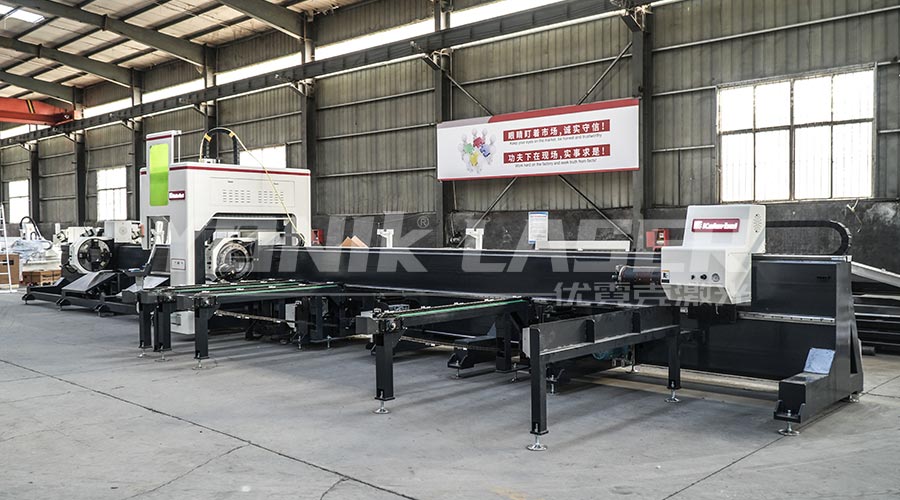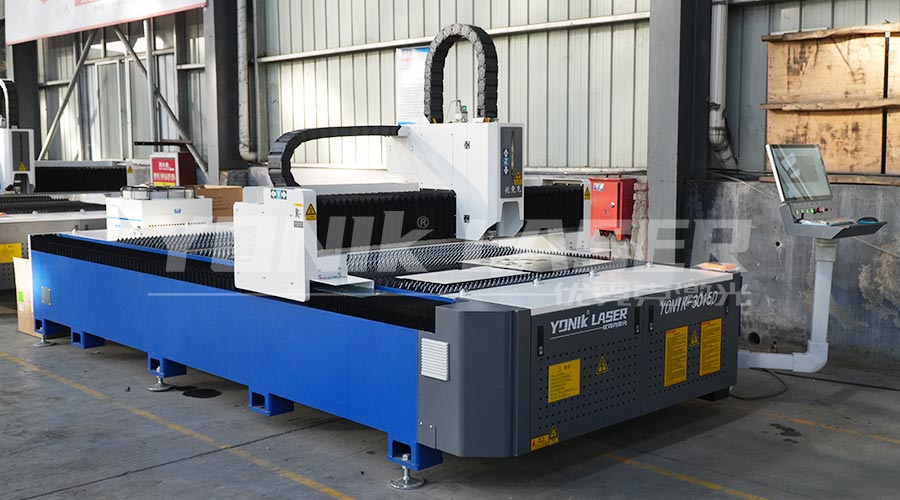With the booming development of the new energy vehicle industry, the processing technology of new energy battery cases is also facing unprecedented challenges. Laser cutting machine, as an important equipment for modern precision machining, plays a crucial role in the processing of new energy battery shells. However, this application process is also accompanied by many technical difficulties. This article will explore in detail the five major technical difficulties of laser cutting machines in the processing of new energy battery shells, and introduce relevant breakthrough methods.

1、 Improvement of material cutting accuracy and surface quality
New energy battery cases are usually made of high-strength and high hardness materials, such as stainless steel, aluminum alloy, etc. The cutting accuracy and surface quality of these materials are crucial for the performance and safety of batteries. However, traditional cutting methods often struggle to achieve ideal accuracy and surface quality.
Breakthrough in technical difficulties:
Adopting a high-precision laser cutting system, micro level precision cutting is achieved by optimizing laser parameters and cutting paths.
Introducing advanced laser gas co processing system effectively reduces residual metal slag and avoids the risk of internal short circuit in the battery.
2、 Cutting efficiency and cost control
The processing demand for new energy battery cases is high, and there are extremely high requirements for cutting efficiency. Meanwhile, with the intensification of market competition, cost control has become a key focus for enterprises. How to improve cutting efficiency and reduce costs while ensuring cutting quality is a major challenge in the application of laser cutting machines.
Breakthrough in technical difficulties:
Develop efficient laser cutting processes, such as using nanosecond pulse lasers, to improve cutting speed and reduce material loss.
Reduce equipment maintenance costs and improve equipment utilization through modular design.
3、 Enhanced adaptability of different materials
There are various types of materials for new energy battery shells, and the sensitivity of different materials to laser parameters varies significantly. How to achieve wide adaptability of laser cutting machines to different materials is another technical difficulty that needs to be solved.
Breakthrough in technical difficulties:
Establish a material database system that integrates optical characteristic parameters of different new energy materials to provide data support for optimizing cutting processes.
Develop an intelligent recognition system to automatically identify material types and adjust laser parameters, achieving automation and intelligence in the cutting process.
4、 Control of heat affected zone during cutting process
The heat affected zone generated during laser cutting may have adverse effects on the performance of the battery case, such as causing material performance degradation, cracking, etc. Therefore, how to effectively control the heat affected zone is a key issue that needs to be addressed in the application of laser cutting machines.
Breakthrough in technical difficulties:
Adopting advanced cooling technology and thermal management strategies to effectively reduce heat accumulation during the cutting process.
Optimize laser cutting process parameters, such as reducing laser power, increasing cutting speed, etc., to reduce the range of heat affected zone.
5、 Improvement of stability and reliability of cutting equipment
The processing of new energy battery shells has extremely high requirements for the stability and reliability of equipment. As one of the key equipment, the stability and reliability of laser cutting machine directly affect the processing quality and production efficiency of battery cases.
Breakthrough in technical difficulties:
Strengthen equipment maintenance, regularly check the operation status of equipment, and ensure that the equipment is in the best working condition.
Adopting redundant design and fault warning system to improve equipment reliability and fault response capability.

In summary, laser cutting machines face many technical difficulties in the processing of new energy battery shells. However, by adopting high-precision laser cutting systems, developing efficient cutting processes, establishing material database systems, optimizing cutting process parameters, and strengthening equipment maintenance measures, we can effectively overcome these technical difficulties and provide more efficient, accurate, and reliable solutions for the processing of new energy battery cases.
2025-07-22
2025-07-21
2025-07-19